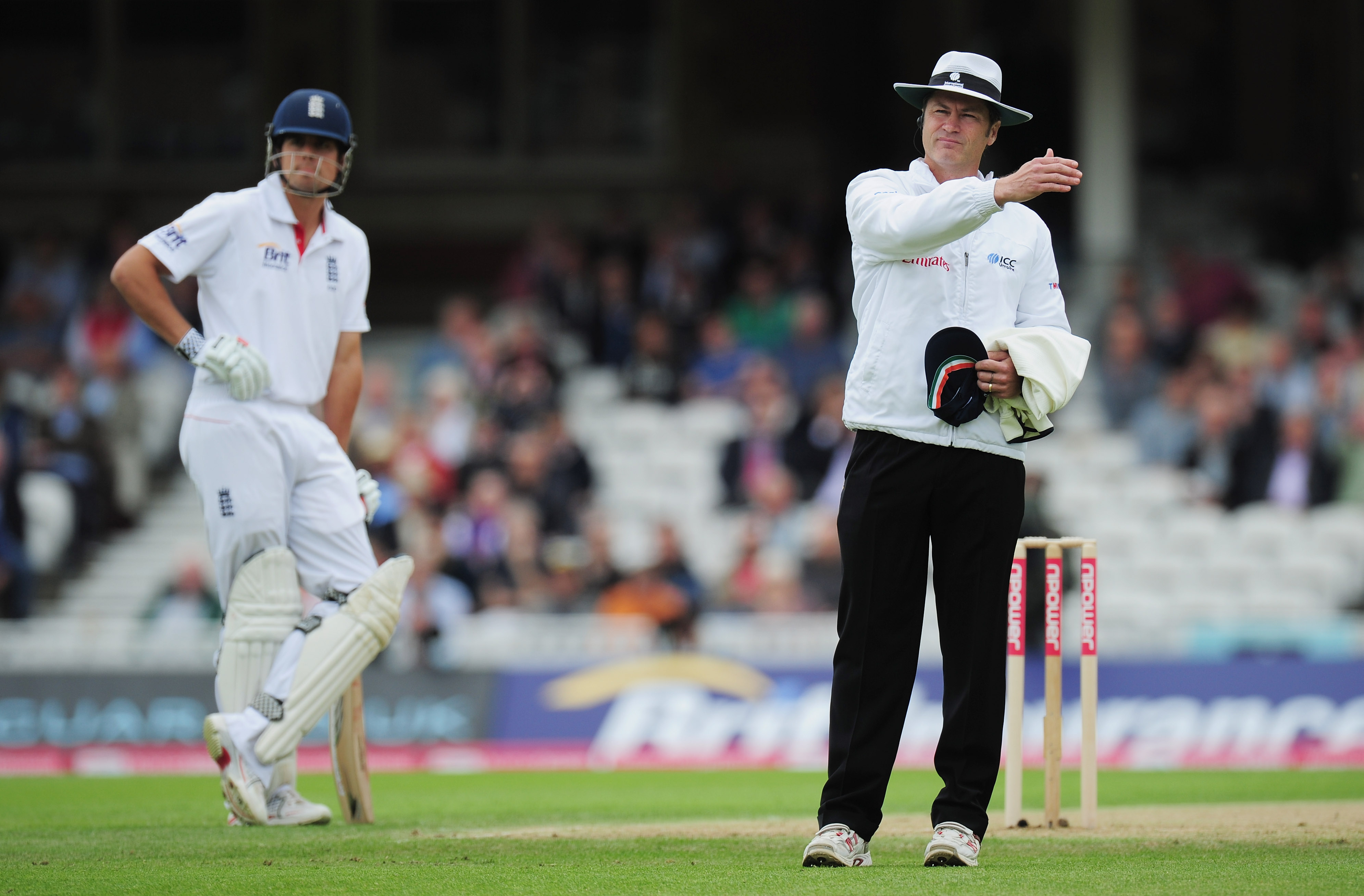IND vs BAN | Umpires should attend training sessions to get used to pink colour, believes Simon Taufel
Retired Australian umpire Simon Taufel believes that sighting the pink ball when the floodlights are on will be a challenge for the umpires too and thus they should take the required training. India will play their first-ever pink-ball Test and Taufel feels umpiring should be of the highest quality.

Retired Australian Umpire Simon Taufel was arguably one of the best during his time with his accurate decisions and also was the ICC Umpire performance and training manager during the first-ever pink-ball Test between Australia and New Zealand in Adelaide. Taufel believes that the standard of umpiring has fallen way too much especially after the advent of the DRS which takes away a lot of responsibility off their shoulders.
With pink-ball D/N Tests becoming a more regular part of cricket, Taufel stated that even the umpires should take proper training for sighting the pink ball and should wear contact lenses for viewing the ball better.
"I don't know whether they will wear any special lenses to see the ball differently. That's entirely up to them. But they will be attending as many net sessions as possible," Taufel, one of the best umpires the game has seen, told PTI.
They will be going through their net session and simulation activities. Maybe trying to see some practice session with the pink ball so that they are pretty confident of seeing the right things at the right time," he further added.
The pink ball swings a lot more under lights and thus the chances of LBW become more and more thereby bringing the umpire into the game. If no reviews are left, the teams will entirely depend on the accurate decisions of the umpire and Taufel added that the umpires should be well prepared for the challenge.
"You have a twilight period when the light changes as it goes from very bright to sunshine to artificial light. That period is more challenging for the batsmen to pick up the ball. I would expect a similar type of challenge for the umpires as well. It will be as hard and challenging for the umpires as well," he asserted.
There are also talks of dew being a huge factor since the game will be played in late November and the ball may get dirty and wet due to which it would be more difficult to sight the ball. Taufel feels that the umpires must take the responsibility to check the condition of the ball and replace it if it is not feasible for play.
"If there's dew it can cause some challenges with fielding and drying of the ball. We will have to see how it maintain colour and how it's going to behave for the bowlers. That's another challenge. Umpires will have to consider at what stage they start replacing the ball. We have always struggled to get white balls to last 50 overs. Here you are asking a pink ball to get past 80 overs," Taufel said.
Pink-ball cricket is an attempt to bring Test cricket back to its glory days and to attract more crowds to watch Test cricket. Taufel believes that although it may not solve all the problems associated with Test cricket, it will surely increase public engagement especially in a country like India.
"Probably it will help in raising some awareness and offering more people to see it in a different time zone. But if you think it's the answer to get more people to watch Test cricket or play Test cricket or promote Test, it will go some of the way but not all the way," he concluded.

Comments
Sign up or log in to your account to leave comments and reactions
0 Comments